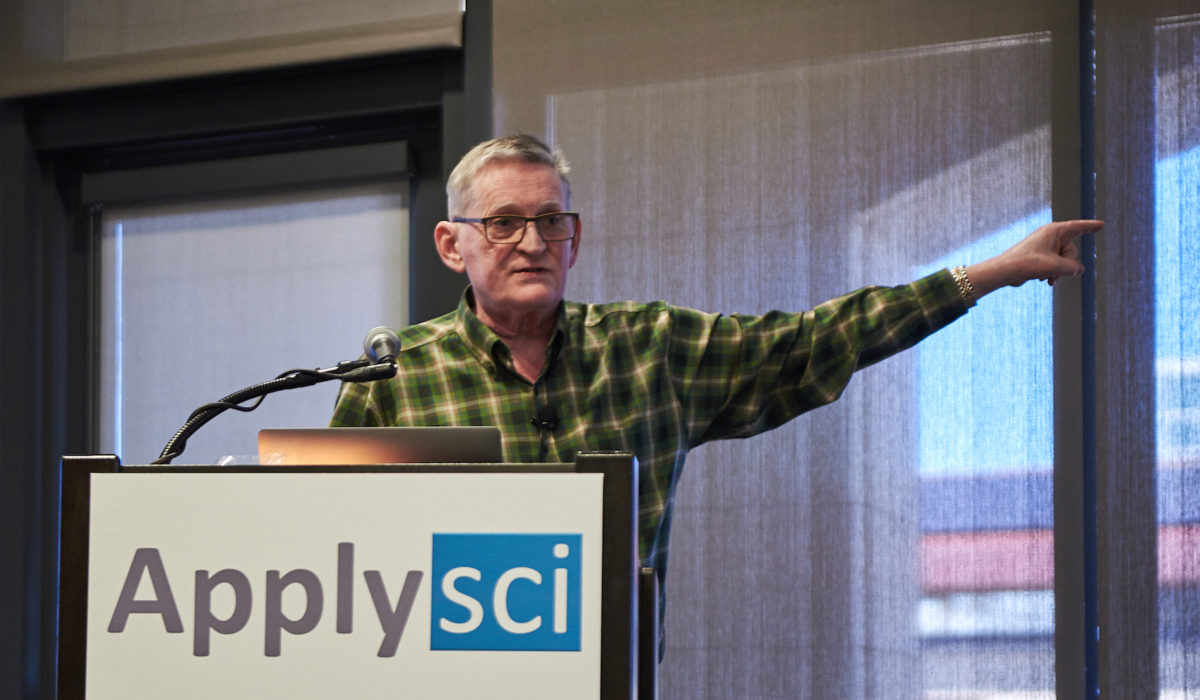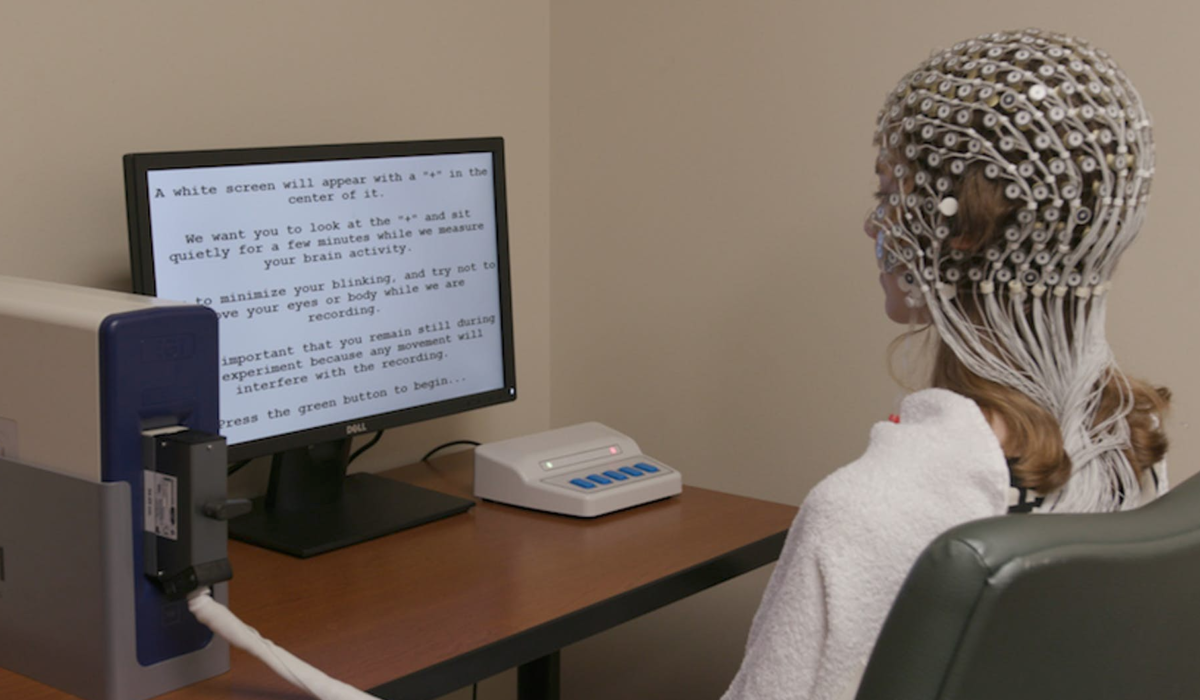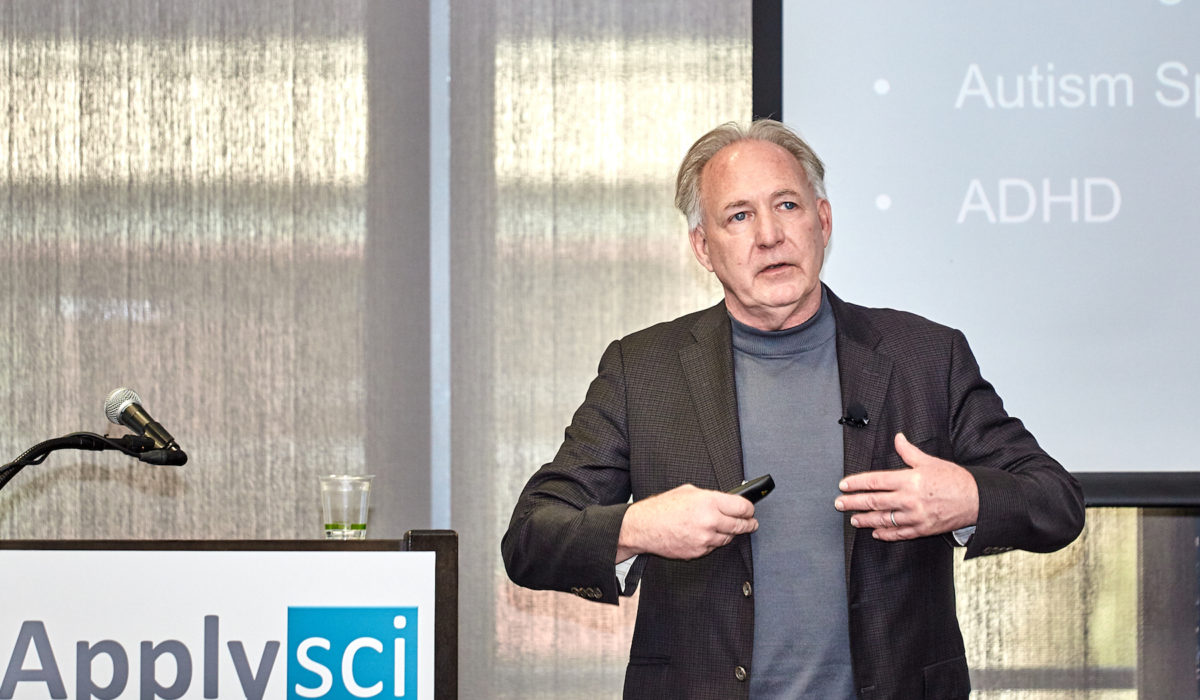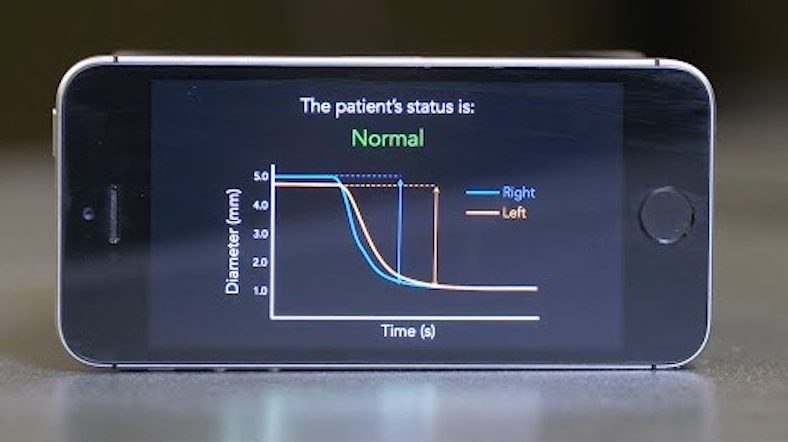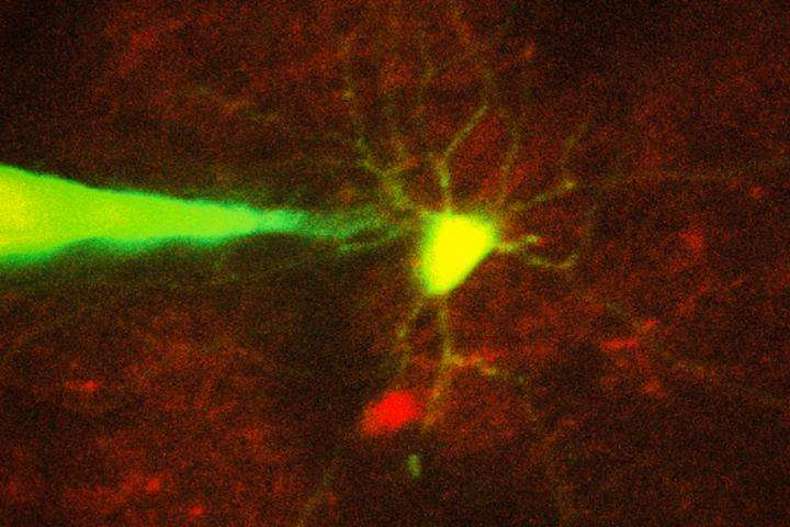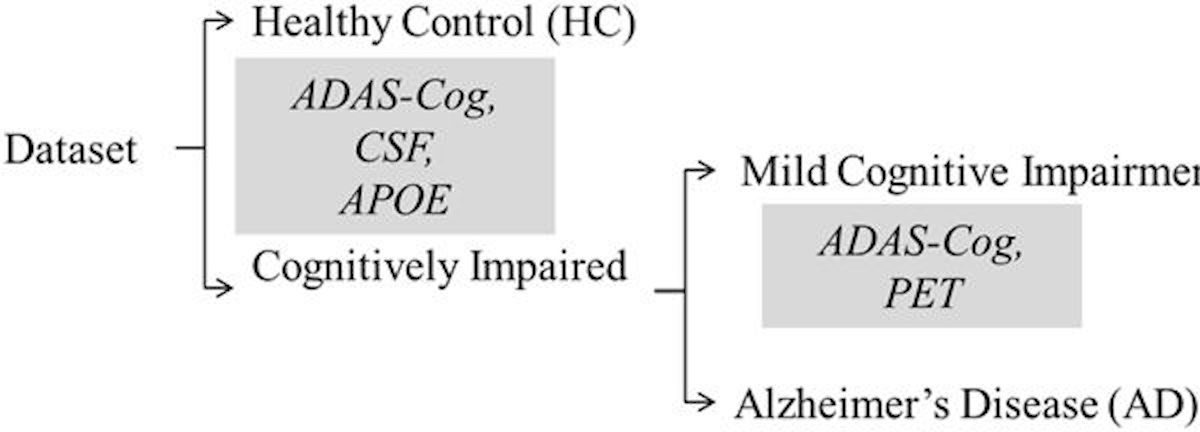Berkeley’s Bob Knightdiscussed (and demonstrated) decoding language from direct brain recordings at ApplySci’s recent Wearable Tech + Digital Health + Neurotech Silicon Valley at Stanford: Join ApplySci at the 9th Wearable Tech + Digital Health +...
curated by ApplySci
Brain
“Artificial nerve” system for sensory prosthetics, robots
Stanford’s Zhenan Bao has developed an artificial sensory nerve system that can activate the twitch reflex in a cockroach and identify letters in the Braille alphabet. Bao describes it as “a step toward making skin-like sensory...
Nathan Intrator on epilepsy, AI, and digital signal processing | ApplySci @ Stanford
Nathan Intratordiscussed epilepsy, AI and digital signal processingat ApplySci’s Wearable Tech + Digital Health + Neurotech Silicon Valleyconference on February 26-27, 2018 at Stanford University:
EEG determines SSRI effectiveness in depression
UT Southwestern researchers are using EEG to determine whether an SSRI would effectively treat a person’s depression. Part of the EMBARCproject, the studytracked 300 depressed patients who were given an 8 week course of an...
Walter Greenleaf on medical applications of VR and AR | ApplySci @ Stanford
Walter Greenleaf discussed medical applications of VR and AR technology at ApplySci’s Wearable Tech + Digital Health + Neurotech Silcon Valleyconference at Stanford University on February 26-27, 2018:
Phone camera + machine learning detect concussion
Shwetak Patel and UW colleagues have developed PupilScreen, an app that uses a phone’s camera to detect concussion from the pupil. The phone’s video camera and flash check the eye for its pupillary light...
Robotic, in-vivo neuron recording
Ed Boyden and MIT colleagues have developed a robotic system capable of monitoring specific neurons. An algorithm based on multiple image processing methods analyzes microscope images and guides a robotic arm to within 25...
Google incorporates depression screening in search
Google has introduced a new depression screening feature. When the word “depression” is used in search, mobile users are offered a PHQ-9 questionnaire, which recognizes symptoms. A “Knowledge Panel” containing information and potential treatments appears...
Retina scan + curcumin for early Alzheimer’s detection
In a recent study, Maya Koronyo-Hamaoui and Keith Black at Cedars-Sinai used a retina scan to detect amyloid-beta deposits, a predictor of Alzheimer’s disease, up to 20 years before symptoms. 16 Alzheimer’s patients drank...
Machine learning for early Alzheimer’s diagnosis
Anant Madabhushi and Case Western colleagues have used machine learning to diagnose Alzheimer’s disease via imaging data in a small study. The goal is early intervention, which could potentially extend independence. 149 patients were...
